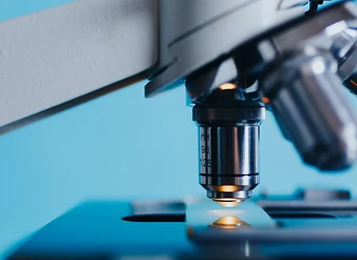

- Application Article
- Download
Hooke College

- About Us
- Team
- R & D and production
- Join Us
- Contact Us
- Qualification honor



In July 2023, the research team of Li Bei from Chunguang Institute of Mechanical Mechanics, President of Chinese Science, cooperated with Wenzhou Medical University, The application of Changguang Chenying's core products - P300 and PRECI SCS-R300,published a paper titled "Rapid Detection and Analysis of Raman Spectra of Bacteria in Multiple Fields of View Based on Image Stitching Technique" in the journal Frontiers in Bioscience Landmark. This study integrates confocal Raman spectroscopy, image stitching technology, and image recognition technology to distinguish antibiotic resistant or sensitive bacteria.

Background: Due to antibiotic abuse, the problem of bacterial resistance is becoming increasingly serious, and rapid detection of bacterial resistance has become an urgent issue. Because under the action of antibiotics, different active bacteria have different metabolism of heavy water, antibiotic resistance of bacteria can be identified according to the existence of a C-D peak in the 2030–2400 cm
The paper links:
https://doi.org/10.31083/j.fbl2810249

+86-431-81077008
+86-571-86972756

Building 3, Photoelectric Information Industrial Park, No.7691 Ziyou Road, Changchun, Jilin, P.R.C
F2006, 2nd Floor,South Building, No. 368 Liuhe Road, Binjiang District, Hangzhou, Zhejiang,P.R.C

sales@hooke-instruments.com

COPYRIGHT©2022 HOOKE INSTRUMENTS LTD.ALL RIGHTS RESERVED 吉ICP备18001354号-1